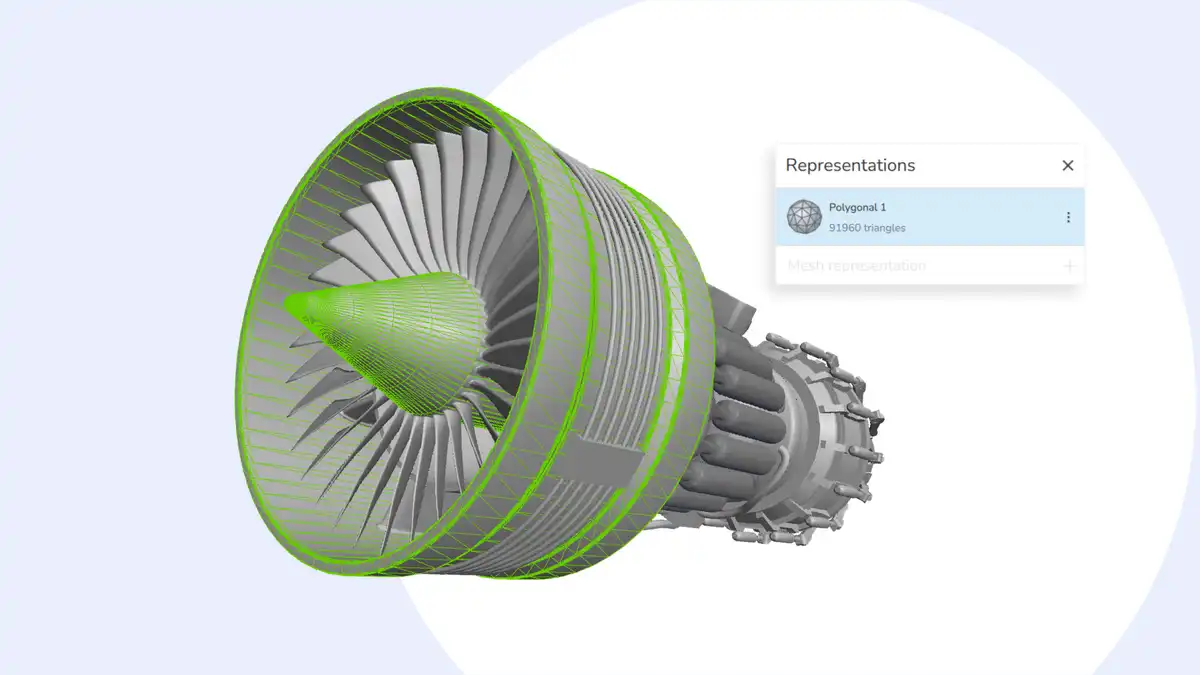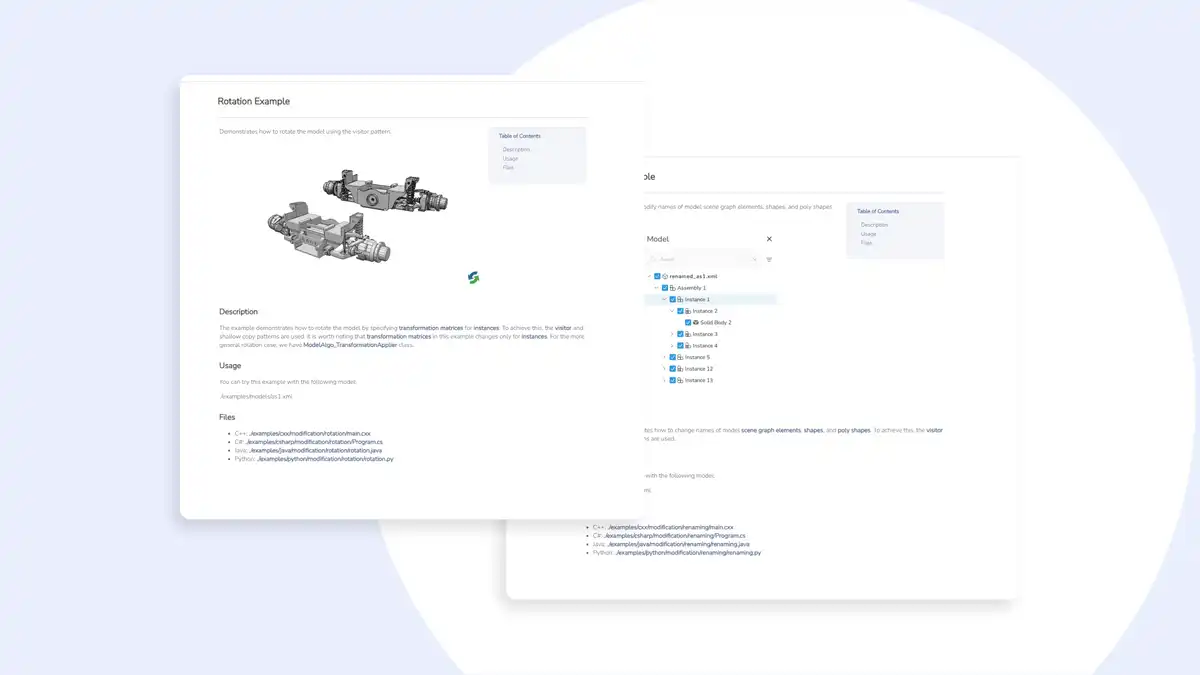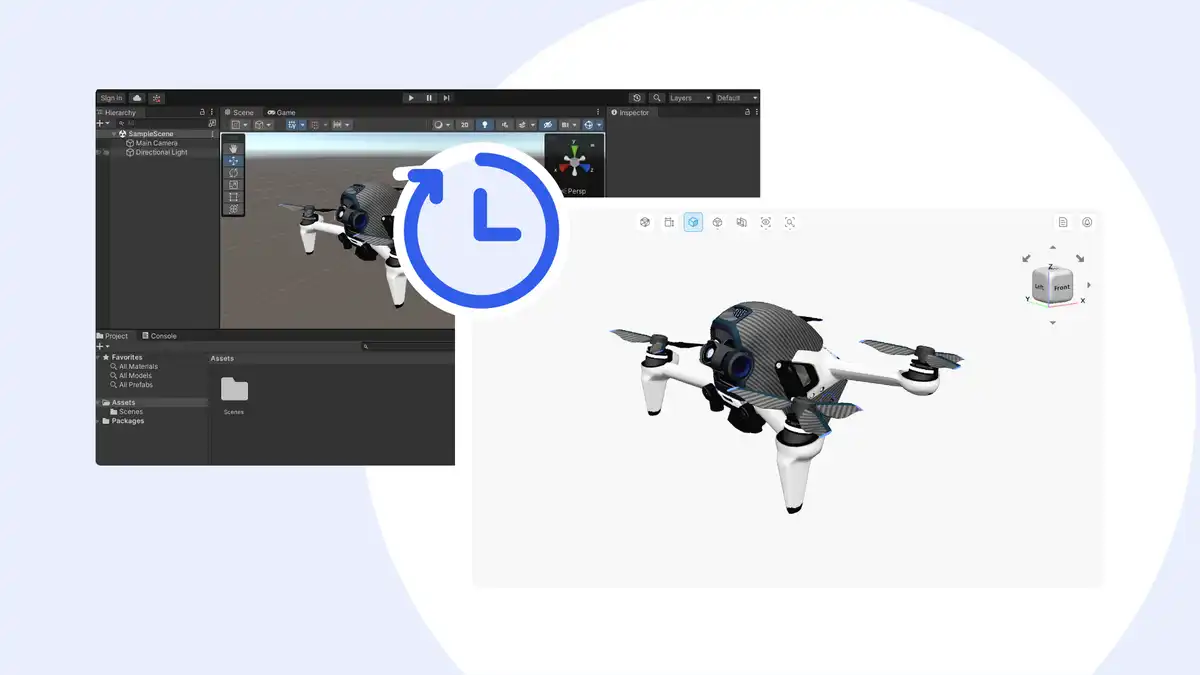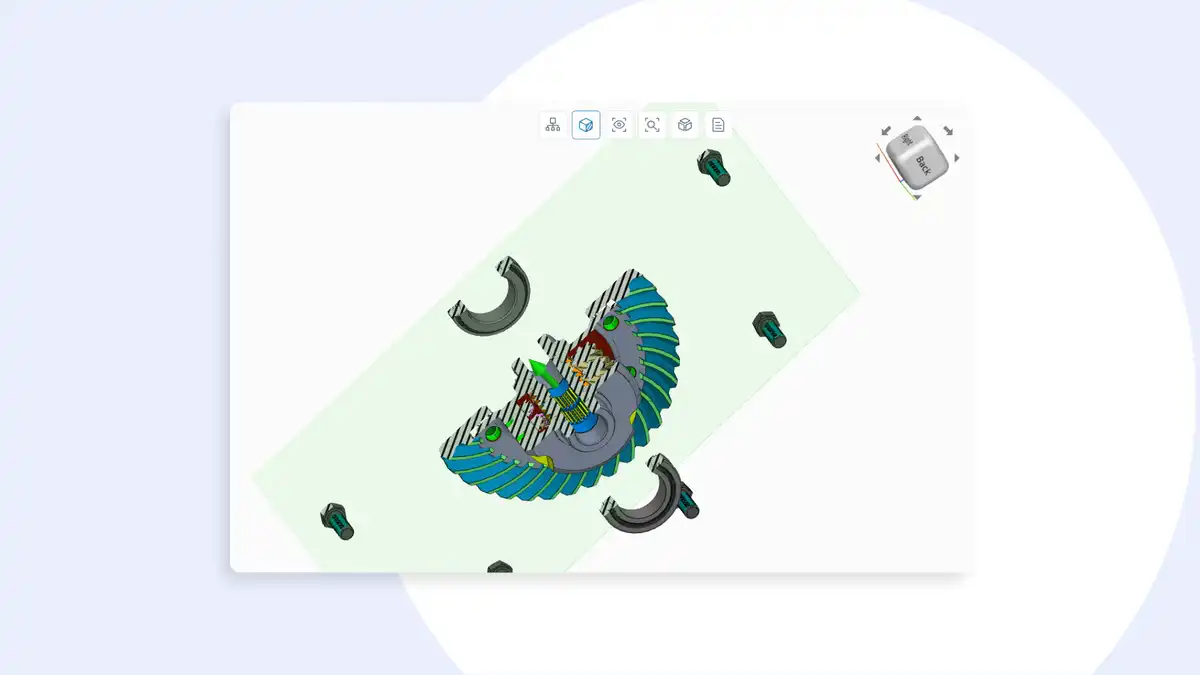Paris, Tuesday, January 16, 2024: CADex has announced the release of a new version of its CAD Exchanger CAD conversion and visualization solution. In the latest update 3.24.0, significant advancements have been made to enhance user experience and technical performance. This version introduces notable improvements in the Manufacturing Toolkit and Web Toolkit, providing more precise recognition of parts in polygonal models and enhanced customization. Additionally, performance optimization for Unity, along with a detailed guide, and SDK updates, including renaming and rotation, mark a step forward in interacting with 3D models. Finally, format improvements support a greater variety of MCAD files. Here are the highlights of CAD Exchanger 3.24.0:
- Lab and Visualization Toolkit Enhancements: More precise recognition of parts in polygonal models.
- SDK Improvements: Renaming and rotation examples to improve interaction with 3D models.
- Unity Performance Optimization: Faster object conversion in Unity, with a step-by-step guide for new users.
- Web Toolkit Enhancements: Customization of the View Cube, integration of multi-camera support, and increased accuracy with custom bounding boxes for clipping planes.
- Manufacturing Toolkit Updates: Improvements for CNC Machining and Sheet Metal, and the addition of wall thickness measurement functionality.
- Format Improvements: Various fixes and enhanced support for MCAD file formats.
Optimized Polygon Selection in Lab and Visualization Toolkit
This update makes our tools more capable of recognizing individual components in a polygonal representation. It is now easier for users to interact with specific elements of their models. This feature ensures a more precise and smooth selection process.

SDK Improvements
- Renaming and Rotation Examples: We are delighted to introduce two new examples that illustrate our SDK's capabilities. The rotation example demonstrates how to rotate the model by specifying transformation matrices. The renaming example explains how to modify the names of elements in the model's scene graph, shapes, and poly shapes to enhance interactions with 3D models.

- Unity Enhancements: One of the notable advancements in recent Unity updates is improved performance of Unity_ObjectFactory. After loading the model into the SDK, the next step is to convert our objects into Unity objects. Previously, this process was linear, but it is now parallel. Thanks to this, performance has quadrupled. This is crucial for complex models, allowing them to be loaded in a matter of seconds. To facilitate the experience for our new users, we also provide a step-by-step guide to create a Unity application from scratch for real-time CAO model conversion.

Web Toolkit Improvement
- Customizable View Cube: The Customizable View Cube offers flexibility in the user's navigation experience. This feature allows developers to design and modify the appearance of the View Cube to align it with their web applications, for example, by changing fonts and languages.
- Integration of Multi-Camera Input Support: This feature enables developers to manage and synchronize multiple camera inputs, allowing the rotation of two viewers within a single web application. This capability provides users with enhanced control.
- Custom Bounding Box for Clip Planes: The new ability to define a custom bounding box for generating visual objects of clip planes introduces a higher level of accuracy and control in Web Toolkit visualization settings. For example, if we change the explosion value, the bounding box also changes. This extension of the API offers more flexibility in exploring the model.

In addition, we have made some fixes and updated several examples, including source code migration to TypeScript, rewriting the reactjsviewer example in TSX, and adding sectioning features to MCAD and BIM viewers.
Manufacturing Toolkit Updates
- CNC Machining: The latest update eliminates potential issues by refining the recognition of bosses on certain parts. For example, imagine a cylinder attached to the main part from the inside. Previously, in such cases, we considered the boss to be not the cylinder but the entire main part. Now, in this case, we determine that there are no bosses at all. Additionally, MTK now has improved algorithms for complex geometries of Through Pockets, ensuring more reliable detection and subsequent machining strategies.
- Sheet Metal: This time, our team decided to focus on a few specific cases. Firstly, we improved the recognition of notches with complex shapes, for example, T-shaped notches. Secondly, we enhanced the recognition of the main face at the beginning of the analysis. Previously, there was an issue: if the main face had a very large cutout in the center, it was not considered the main one, leading to recognition problems. Now, these cutouts are taken into account, and we can accurately handle such main faces.
- Wall Thickness: Users can now not only get the full range of calculated thickness values but also extract values at specific points on a surface or within a given triangle. For better understanding of these results, we have added a special visualization example. A gradient from red to green on the model shows users potentially problematic areas and helps make informed decisions to improve quality.
Updated CAO Format Support
- CATIA: Fixed a crash on models with empty bodies, a crash due to incorrect external reference resolution, and a crash due to an error in CATProduct file analysis;
- DWG: Added support for non-uniform and negative scale for drawing entities;
- glTF: Models with non-uniform scale factors in transformations are now correctly imported;
- SOLIDWORKS: Fixed a crash that occurred on models with multiple configurations when imported with the ConfigurationsMode = ALL setting.
By focusing on MCAD file formats, our team has worked tirelessly to resolve issues and improve compatibility, ensuring a more stable and efficient user experience.
For the full list of updates in 3.24.0, check the CHANGES.txt file.
CAD Exchanger stands out with its robust CAO conversion, visualization, and analysis features. Version 3.24.0 is now available, offering users significant improvements for more efficient and reliable CAO data interoperability. Users can download the update from the official CAD Exchanger website.

